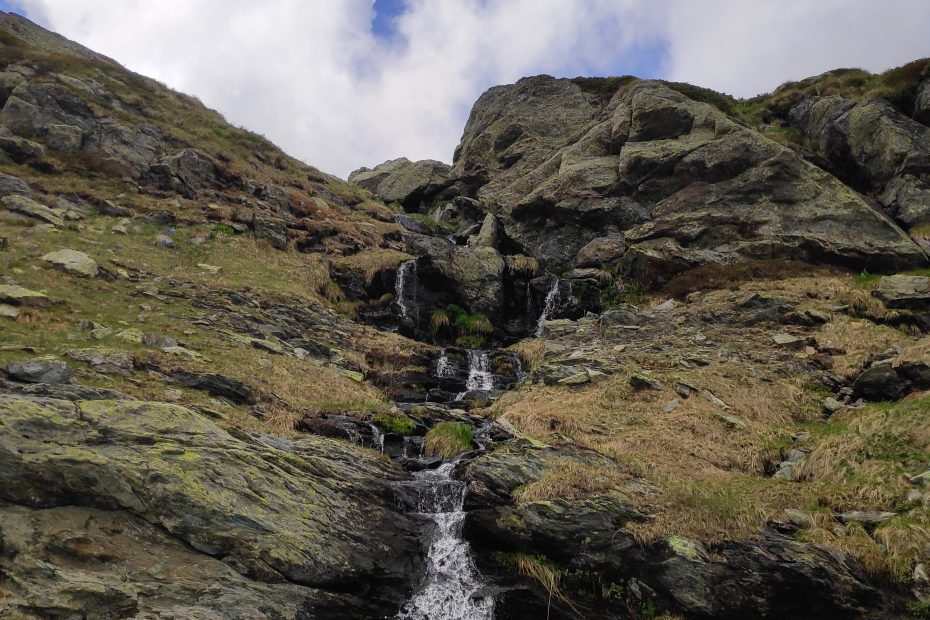Table of Contents
Introduction
Kosovo, the small nation tucked into the Balkan Peninsula in southeastern Europe, has a rich but oft-forgotten archaeological heritage. Recent discoveries of ancient cities, medieval monasteries, and other historic sites are shedding exciting new light on Kosovo’s vibrant multi-ethnic past. Archaeology is bringing the region’s fascinating history back to life.
Ulpiana – Ancient Roman City
One of Kosovo’s most significant ancient sites is Ulpiana, located just outside the modern capital of Pristina. Founded in the 2nd century CE, Ulpiana was an important city in the Roman province of Dardania. Excavations have uncovered paved streets, houses, fortifications, baths, and an enormous necropolis. Ulpiana provides remarkable insights into daily urban life during the Roman era. Still only partially unearthed, this ancient city likely has many more secrets to reveal.
Municipium DD – Ancient Roman Town
Shrouded in mystery is Municipium DD, another ancient Roman-era town located near the modern town of Sočanica. Its name remains unknown. Ongoing archaeological digs have uncovered a lushly decorated Roman villa, baths, pagan and Christian temples, and a sprawling residential area. DD appears to have been a prosperous regional center in the later Roman Empire. Further excavations aim to uncover more of this enigmatic town’s layout and artifacts.
Novo Brdo – Medieval Mining Town
In Serbia’s medieval heyday, Novo Brdo was one of Europe’s largest silver mining hubs. Its mines fueled the riches of Serbian kings and nobles. Impressive remains include two imposing fortresses, administrative buildings, smelting infrastructure, and Orthodox churches adorned with ornate frescoes. Novo Brdo provides invaluable insights into medieval urban planning and industrial activities. The site hints at the massive wealth generated by mining in the Middle Ages.
Gračanica Monastery – Medieval Serbian Site
Constructed in 1321 CE, Gračanica Monastery is Kosovo’s best-preserved medieval Serbian Orthodox monastery. Its beautifully-ornate Byzantine architecture and interior frescoes have undergone extensive restoration. Gračanica remains an active monastery and represents the apex of medieval Serbian art and culture. Its continued preservation connects today’s Kosovo with its Orthodox heritage.
Prizren League House
A rare example of 17th-century Ottoman civic architecture, Prizren League House has been meticulously restored. The former meeting place of the Prizren League now serves as a museum exhibiting Kosovo’s history. Well-preserved Mosque and Turkish baths next door provide a window into Kosovo’s Ottoman past. The ensemble shows the collaboration between cultures during the days of imperial Turkish rule.
Ujmani Ancient Settlement
The Ujmani site contains ruins spanning from the Neolithic era to medieval times. At an easily-defensible hilltop location, discoveries include housing remains, artifacts like coins and ceramics, and remnants of a 6th-century CE basilica. Ujmani provides a continuum showing Kosovo’s succession of inhabiting cultures. The site is getting a boost through recent conservation initiatives by Kosovo’s government.
Kosovo’s Archaeological Challenges
After decades of turmoil and instability, Kosovo’s archaeology faced looting, neglect, and lack of resources. But today’s Republic of Kosovo is working to revive the country’s heritage. Extensive efforts are now focused on conservation and proper excavation of Kosovo’s numerous archaeological treasures. This aims to both preserve ancient history and boost cultural tourism.
Ongoing Discoveries and Future Potential
New archaeological sites continue to be discovered in Kosovo, often aided by modern technology like LiDAR scanning. Exciting recent finds include a large Neolithic-era settlement, ancient Roman waystations, and mysterious medieval rock formations. Kosovo likely holds many more revelations about past societies waiting to be unearthed through diligent archaeology.
Conclusion
Far from a dry study of the past, unlocking Kosovo’s archaeology enriches the lives of its modern citizens. Preserving cultural heritage boosts tourism while underscoring the universality of human experiences across the centuries. Reviving Kosovo’s ancient sites also builds national pride and identity. The past is profoundly relevant to the present and future. As more archaeological treasures emerge from the soil, Kosovo’s fascinating history comes back to vivid life.
Frequently Asked Questions
What are some of Kosovo’s most important archaeological sites?
Some of Kosovo’s most significant archaeological sites include the ancient Roman city of Ulpiana, the medieval mining town of Novo Brdo, the Gračanica Serbian Orthodox monastery, and the Prizren League House from the Ottoman era.
When did archaeological work begin in Kosovo?
Archaeological exploration in Kosovo stretches back to the late 19th century when foreign researchers first took interest in the region’s history. Systematic excavations and studies began in the mid-20th century after WWII.
How did Kosovo’s archaeology fare under Yugoslavia?
Kosovo’s archaeological heritage suffered neglect and marginalization under Yugoslav rule when Kosovo was part of Serbia. Kosovar Albanian culture and history were suppressed in favor of promoting Serbian nationalism.
How has technology aided recent archaeology in Kosovo?
Recent technologies like LiDAR scanning and geophysical survey have helped archaeologists identify and map ancient sites buried below the surface across Kosovo. This is driving new discoveries.
What does archaeology reveal about Kosovo’s past?
Kosovo’s archaeology provides evidence of habitation stretching back to the Neolithic era. Successive Illyrian, Dardanian, Roman, Byzantine, Serbian, and Ottoman cultures all left their marks on Kosovo over the millennia.
